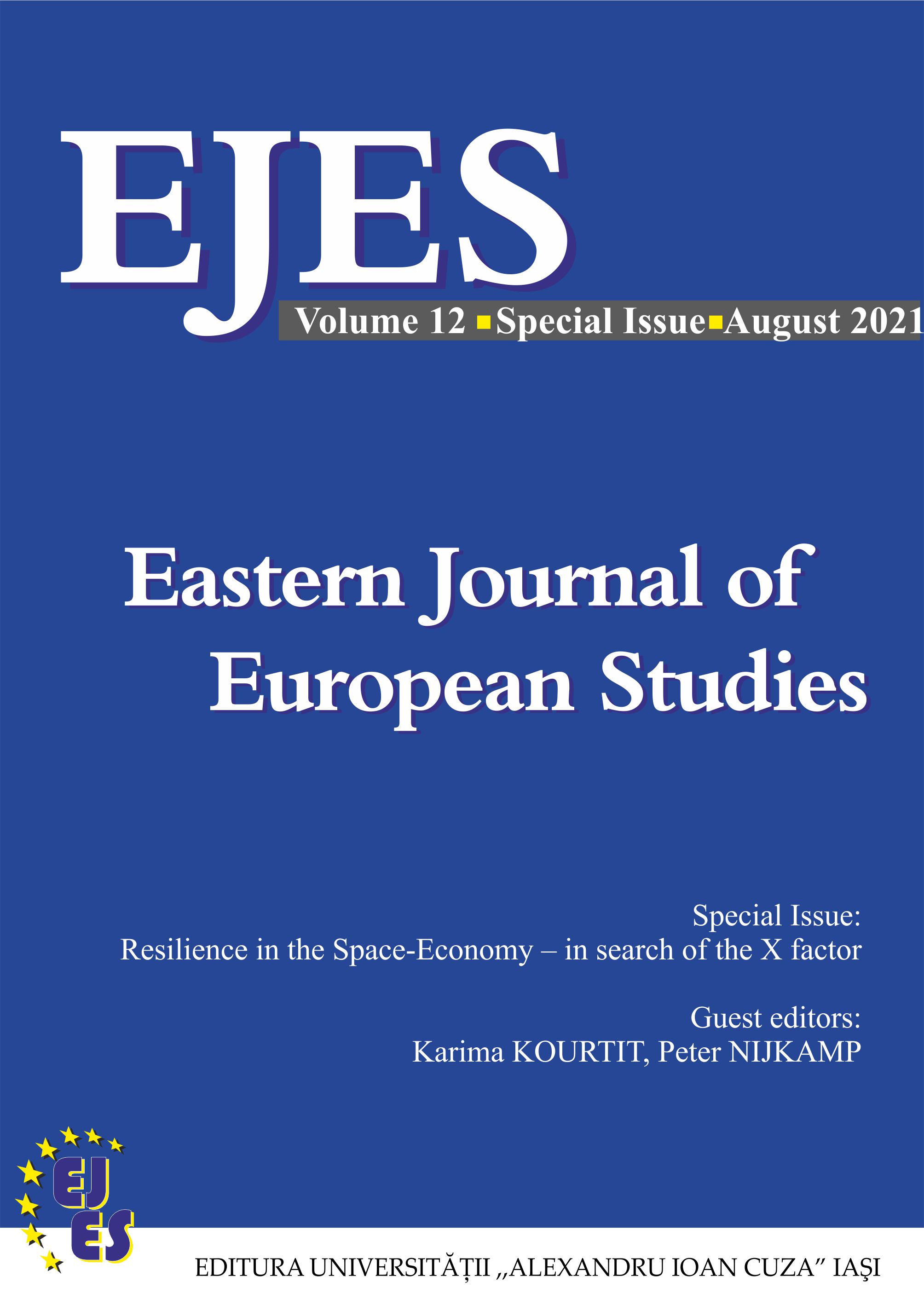Spatial interactions of employment in European labour markets
Spatial interactions of employment in European labour markets
Author(s): Laura Helena Kivi, Tiiu PaasSubject(s): Supranational / Global Economy, Labor relations, Socio-Economic Research
Published by: Editura Universităţii »Alexandru Ioan Cuza« din Iaşi
Keywords: regional labour markets; spatial effects; spatial econometrics; resilience; regional cooperation;
Summary/Abstract: The paper investigates spatial interactions in European labour markets putting emphasis on the resilience of possible interactions during the period 2004-2018. The study is conducted based on employment data of the Eurostat NUTS 2 level regions by using several types of spatial econometric models and following theoretical assumptions that employment rate in one region is affected by employment rate changes and unobserved shocks in other regions. Spatial interactions in employment rates have slightly risen since the Eastern enlargement of the European Union in 2004 and continued to increase during the previous financial crisis. Since 2010, spatial dependence has been comparatively stable, having a slight tendency to decrease during the recent years. The results indicate that spatial interactions of regional labour markets are resilient to economic downturns, thus confirming the importance of close coordination between regions while also developing labour market and regional policy measures during different types of crises.
Journal: Eastern Journal of European Studies
- Issue Year: 12/2021
- Issue No: SI
- Page Range: 196-211
- Page Count: 16
- Language: English

